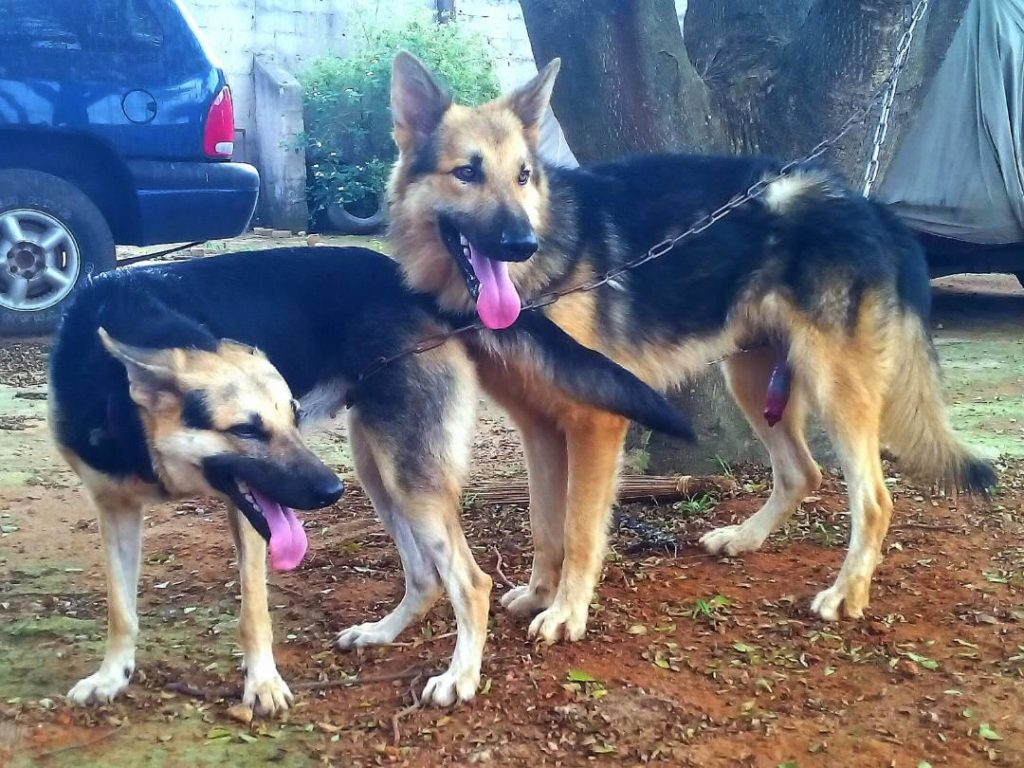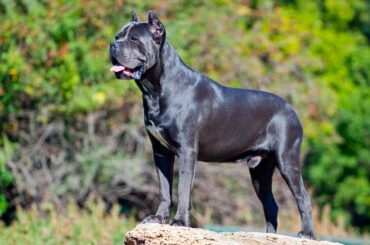Table of Contents
How mating and breeding in German shepherds started
In the late 1800s, mating and breeding with the German Shepherd Dog (GSD) was created as a breed. Max von Stephanitz of Germany was fascinated with working dogs in his homeland. They were carefully raised here to have the qualities necessary for herding and protecting a flock from predators. There was a debate at the time among dog lovers over whether a dog should be rated on its appearance or its capacity to work.
Max von Stephanitz began his search for the perfect working dog. In 1899, von Stephanitz stumbled across what he regarded to be the ideal example during a dog show. Horand’s and his offspring’s inbreeding resulted in the first German Shepherd dogs.
During mating and breeding, the German Shepherd Dog comes in eleven different hues, according to the American Kennel Club. The color blue and the color liver are regarded as major defects, and the color white is a disqualifier. The sable and black and tan coloring of the German Shepherd are the most well-known.
Pattern refers to where a color occurs on the dog’s body, and there are five different sorts of patterns: saddle and blanket back, sable, bicolor, and solid color. A bicolor GSD has a solid sable or black coat with a speck of a different color under the tail or on the foot. Bi-color German Shepherds are occasionally mistaken for solids because they lack the second color.
When dogs are totally developed and ready, they begin mating and breeding. Several people may be perplexed by the notion of mating and breeding a German shepherd. Responsible breeding is a difficult undertaking, especially when it comes to Shepherds, one of the most well-known breeds. The female Shepherd must also acquire inner strength before breeding her litters, regardless of the age they have touched.

Even if a female’s heat cycle begins before she reaches the age of two, breeding her is not recommended. Getting into it too soon can jeopardize your dog’s ability to father. At 2 and half years of age, almost all German Shepherds reach sexual maturity. This is when they can mate and reproduce the earliest.
While most dogs develop this urge naturally, it may take some time for others. There are a few things you may do to improve your German Shepherd’s Libido if he isn’t interested in mating and breeding. Just make sure he’s the right age, doesn’t have any medical issues, and has grown physically and cognitively. In order to successfully procreate, your dog must experience the sensation of libido. If your male German Shepherd isn’t interested in reproducing, it’s because he doesn’t have enough libido, which is a sexual drive or desire for sexual activity.
When can they initiate mating and breeding?
Males can begin mating and breeding as early as the age of two. Females should wait until they are three years old, according to specialists. In addition, the maximum age for breeding German Shepherds is eight years. When a female reaches the age of eight, her eggs begin to deteriorate, exposing the puppy to birth abnormalities. Male sperm begins to degrade once they reach a particular age. Mating and breeding are not suggested for them after that. Estrus is the term used to describe when a female dog is in the heat for 4 to 15 days.
It’s when she’s ready to start a family. She will not allow the male dog to mate with her until she is 7 to 9 days into her cycle, according to breeding specialists. Furthermore, according to researchers, the female dog generally allowed the male dog to mount her for three days. This won’t happen every day, but on the 9th, 11th, and 13th days of her heat cycle, it will happen.

It’s perfectly natural for your female dog to refuse to mate. While some dogs are born with the ability to reproduce and mate, others may simply refuse to do so. Perhaps your female canine can go her entire life without mating, which is very normal. If a female dog refuses to mate after a few attempts, it could be due to a lack of Libido. If your female dog refuses to mate, you should take her to the veterinarian. She could be suffering from an underlying medical ailment.
When a female dog is in the Estrus stage of the heat cycle, she will flag. It’s a sign that she’s fertile and ready to mate at this point. Estrus is usually the only time a female dog begins to show signs of fatigue. Her genitals and vulva will enlarge and become deeper in color during this phase. She does so in order to distribute her fragrance, demonstrate her female side, and attract the male dog.
When mating and breeding takes place different breeds are produced
- German Shepherd with Saddleback breed
The German Shepherd is the most frequent breed. They are primarily red or tan in hue, with a black rear that resembles a saddle. They’re uncommon and typically come in black or white. Some people wrongly feel that Black GSDs are extraordinary dogs, despite the fact that the sole distinction is color.
- German Shepherd Agouti breed
Instead of resembling a saddle, this GSD has multicolored markings all over the body. The dominant genes are to blame for this.

- German Shepherd Panda breed
This is an unusual variety of GSD with a white abdomen and legs but a black or tan coloration across the rest of the body.




